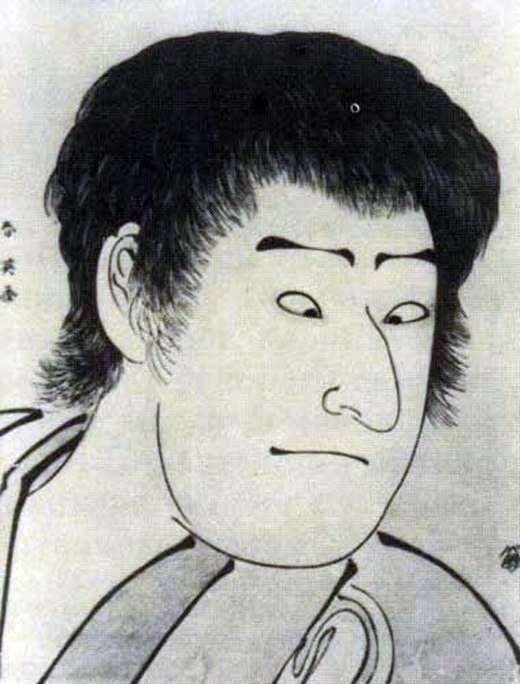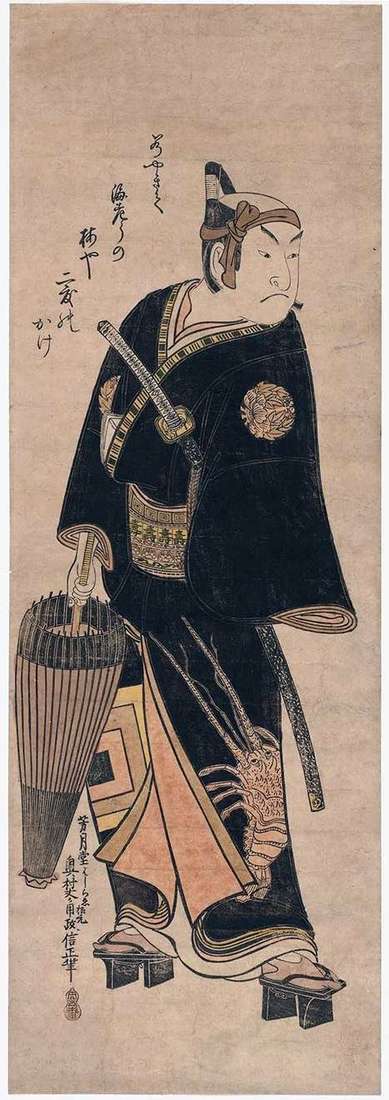
At the end of 1764, Harunobu released egoemi – illustrated calendars, printed in several colors. They were intended for members of the society “Kikuransya”, which was headed by Okubo Jinsiro – friend and educator of Harunobu.
The difference between these engravings from everything that the artist had done before was not so much in the technique of printing as in the interpretation of the plots. In the style and choice of accompanying verses, there is a clear tendency to transform the “plebeian” ukiyo-e art into a phenomenon comparable to the classical art of the Heian period.
This was not achieved, but the refinement of the style of Harunobu set the tone for the development of engraving throughout the eighteenth and early nineteenth centuries. In the second half of the 18th century, new variants of bidzing and yakusya-e are born in the works of such masters as Kitagawa Utamaro, Torii Kienaga and Tosusai Syarak, representing a consistent development of the ideas of Harunobu and his entourage, which included Katsukawa Sjunse, Ippitsusai Bunte and Isoda Koryusai.
 Retrato del actor Sawamura Sozyuro III – Katsukawa Syunse
Retrato del actor Sawamura Sozyuro III – Katsukawa Syunse Portrait de l’acteur Savamur Sojuro III – Katsukawa Syunse
Portrait de l’acteur Savamur Sojuro III – Katsukawa Syunse Actor Ichikawa Ebizo as Sukeroku by Okumura Masanobu
Actor Ichikawa Ebizo as Sukeroku by Okumura Masanobu Actors Ichikawa Yaodzo II and Ichikawa Dandzyuro V by Katsukawa Sjunse
Actors Ichikawa Yaodzo II and Ichikawa Dandzyuro V by Katsukawa Sjunse Actor Ichikawa Ebizo como Sukheroku – Okumura Masanobu
Actor Ichikawa Ebizo como Sukheroku – Okumura Masanobu Sedan by Kitagawa Utamaro
Sedan by Kitagawa Utamaro Kissing from the tea house Omusia by Isoda Koryusai
Kissing from the tea house Omusia by Isoda Koryusai Portrait of actor Garrick and his wife by William Hogarth
Portrait of actor Garrick and his wife by William Hogarth